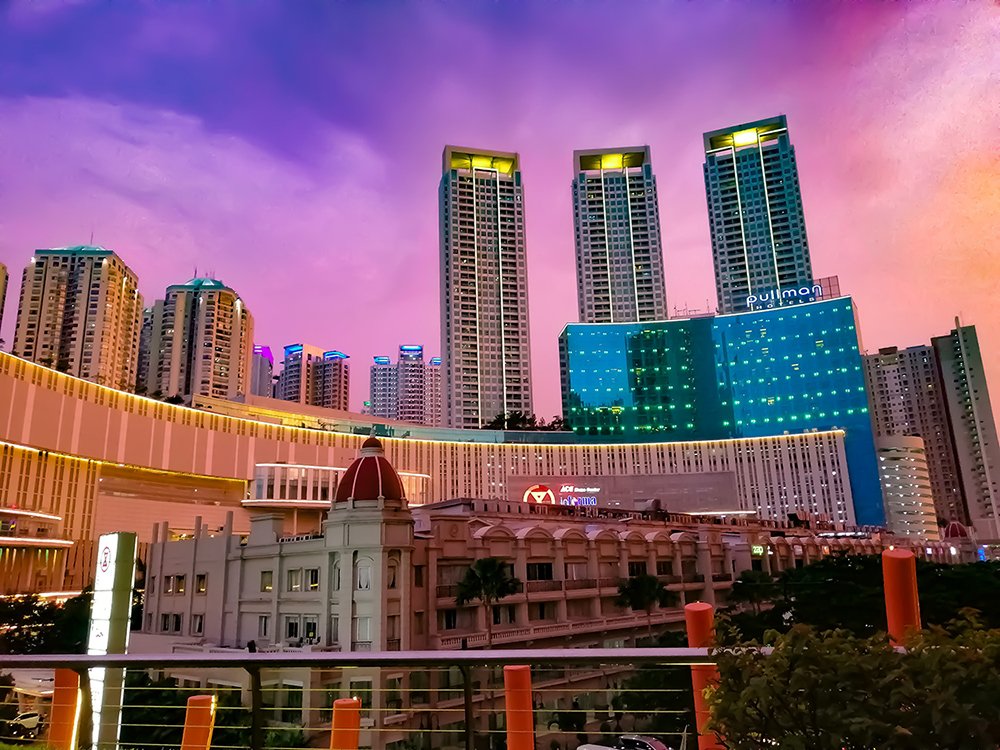
Last week’s Bank Indonesia’s (BI) Annual Investment Forum 2020 in Bali was an opportunity for BI to support recent government initiatives and help stimulate Indonesia’s economy.
According to Medcom, the annual event is “part of an international seminar hosting prominent economists, investment managers, global asset managers, and central bankers” and an influential platform from which to exchange ideas and realize development goals as well as corporate growth and potential.
The time is right
It’s also where BI Governor, Perry Warjiyo delivered an upbeat message at the Visionary Talk session saying that now is the right time to be investing in Indonesia.
This is a sentiment shared by JP Morgan and Morgan Stanley. Bloomberg recently reported “after two years of stagnant growth, Indonesian stocks will hit a record in 2020, when President Joko Widodo’s policies to shore up the economy take effect, say analysts from JPMorgan and Morgan Stanley.”
Despite a low level of economic expansion in Q3 of 2019 (5.02%), the International Monetary Fund (IMF) “estimated earlier this month that the global economic growth rate was 2.9% in 2019 while the so-called ASEAN-5 (Malaysia, Singapore, Thailand, the Philippines and Indonesia) grew 4.7% during the same period,” say The Jakarta Post.
Young, mobile and tech savvy
So why is their so much potential in Southeast Asia, and Indonesia in particular?
In a recent interview with the Jakarta Globe, HSBC Private Banking’s chief market strategist for Southeast Asia, James Cheo, believes the region “could ride out the current global slowdown and soon catch up with the world’s economic powerhouses.”
According to Cheo, there are three-primary drivers for this: demographic, urbanization and digital.
“Sixty percent of Southeast Asians are under the age of 35. In the next ten years, they will come of age: they’ll start working and get their first paycheck. They will increase their purchases. They’ll buy cars. They’ll get married and buy a house. They’ll have kids and spend more money on education, and of course, they’ll travel to see the world.”
Southeast Asia has also embraced all things digital with open arms. “There are around 360-million mobile phone users in the region, but still only half use them to make transactions. There’s a huge opportunity here as well,” Cheo added.
Aspiring Middle Class
It seems Indonesia’s stars are aligned. At the end of January, The World Bank released an article around Indonesia’s middle class suggesting it “has been growing faster than other groups with at least 52-million economically secure Indonesians, or one Indonesian in every five.”
This is seen as “a major driver of economic growth as the group’s consumption has grown at 12% annually since 2002 and now represents close to half of all household consumption in Indonesia.
Add to that the fact that the eConomy SEA 2019 Report published by Google Temasek and Bain & Company ranked Indonesia and Vietnam as the region’s fastest growing Internet economies, with Indonesia’s potential dwarfing every other country because of its sizeable population.
Cutting Red Tape
It’s clear Indonesia has enormous market opportunity and the push to improve the country’s investment climate through initiatives such as the much-anticipated Omnibus Bills are well placed, well timed and are largely being well supported. Cheo offers a word of caution however.
“Now is the right time to push through significant changes,” he told Jakarta Globe, but he also “warned foreign investors not to expect a complete overhaul of local bureaucracy, though they should still see the government’s insistence on reform as a sign of good things to come.”
We agree there are challenges and potential has to be supported by implementation and mindset. This is just the beginning and many things need to be addressed and improved, which will of course, take time. But the journey has definitely begun and the future looks bright.
“One of the keys to strengthening Indonesia’s economy is through an accommodative policy mix,” Perry said, “adding that his institution (BI) would continue to apply a similar policy mix this year to support the country’s economic growth.”
Medcom expanded on this by suggesting BI’s policy mix instruments would be geared to “building economic growth momentum. The policy rate has been reduced, liquidity loosened, and rupiah exchange rates stabilized.”
Digital-based instruments
But BI has more to offer. The Medcom report goes on to say “macro-prudential policy will also be relaxed. The accommodative monetary and macro-prudential policy mix aims to increase bank intermediation and other economic financing from both the supply and demand sides.”
“In addition, BI will also maintain accommodative payment system policy with a focus on strengthening digital-based instruments and public infrastructure, including QR Code Indonesian Standard (QRIS) implementation. Moreover, financial market deepening and development of the Islamic economy and finance will be continued in order to foster economic growth momentum.”
Sources: The Jakarta Post, AEC News Today, Medcom, Antara News, Bloomberg, Jakarta Globe, World Bank, World Economic Forum
#investindonesia #sevenstones #sevenstonesindonesia #bankindonesia #omnibus #goldenage #investmentforum #indonesiainvest #jokowi


